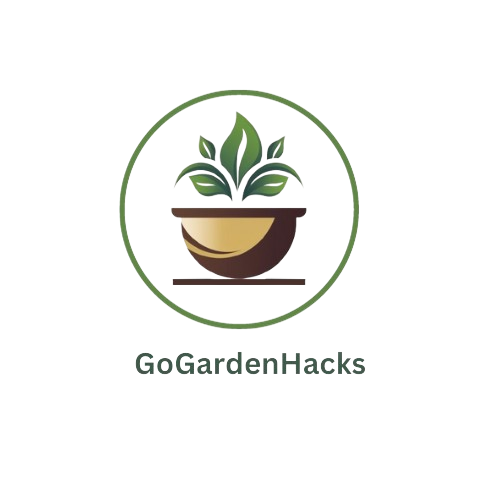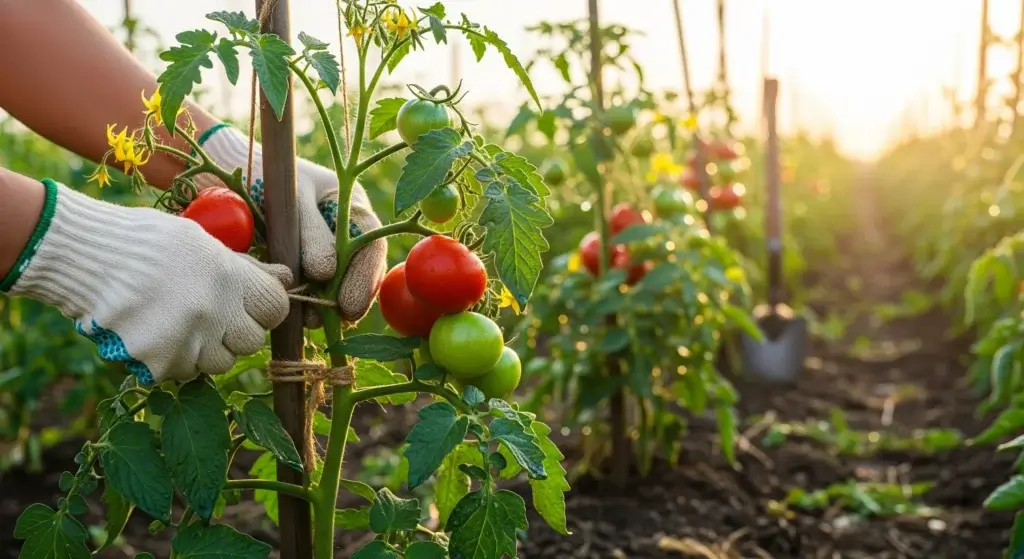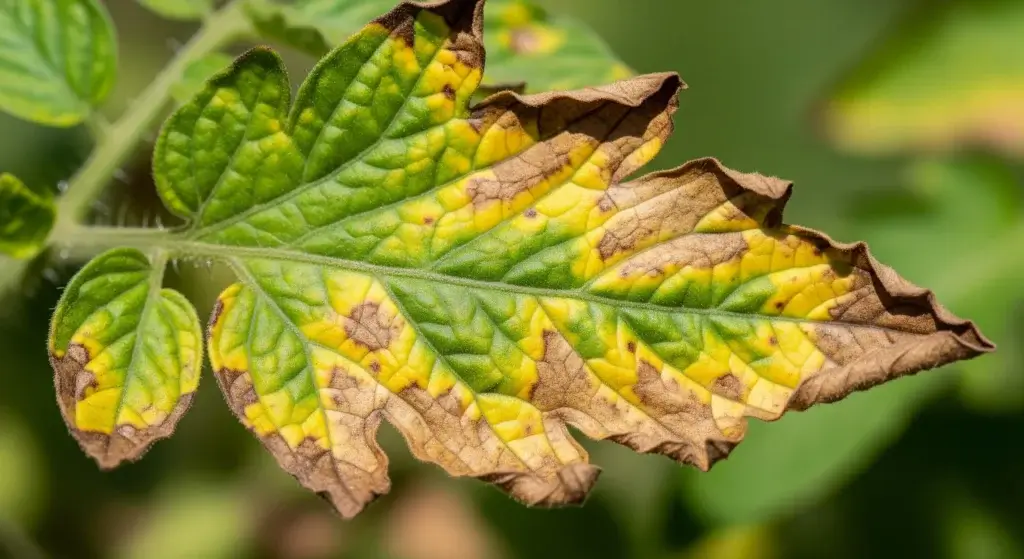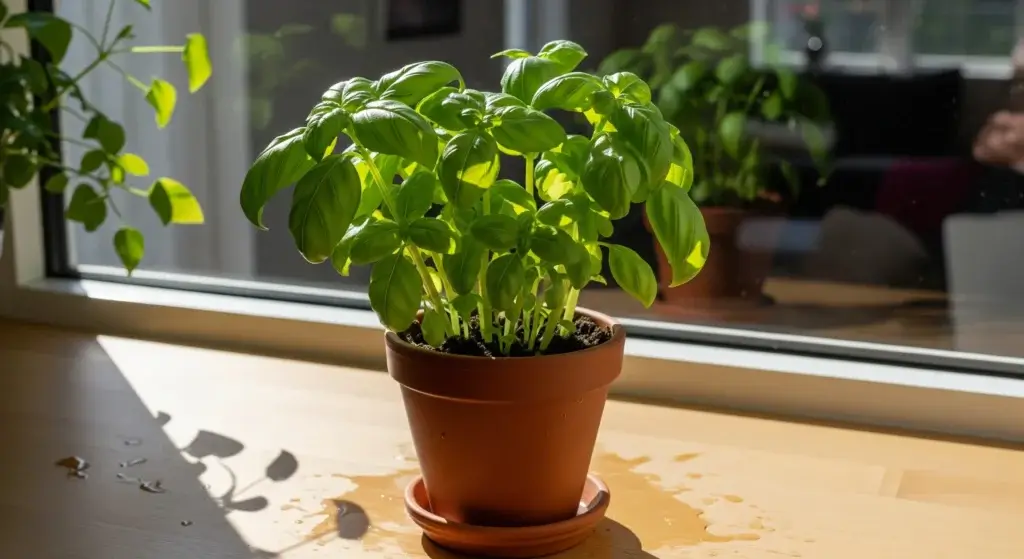Watering houseplants feels easy, but it’s actually the top reason plants die indoors.
Asking “How often should I water?” is like asking “How often should I eat pizza?”—it depends.
Every plant, room, and season is different.
The real trick is learning to read the signs your plant gives you and checking the soil, not just sticking to a schedule.
If you’ve ever killed a plant (I’ve drowned more than one cactus, trust me), this guide will show you how to spot when your plant’s thirsty and how to dodge the two classic mistakes: giving it way too much water or leaving it bone-dry.
The Foundation: Understanding Plant Watering Needs
Before we get into the “how,” you’ve got to know the “why.”
Plants aren’t all the same—some are drama queens, some are chill, and their watering needs totally depend on who they are and where they come from:
Plant Type and Origin
Think of cacti and succulents as the camels of the plant world—they’re built for deserts and barely need a sip.
Tropical plants, on the other hand, are like that one friend who constantly asks for iced lattes—they need water way more often.
Knowing where your plant’s ancestors grew up helps you treat them right.
Seasonal Changes
In winter, plants basically go into “nap mode.” They don’t drink much because they’re not busy growing.
Come spring and summer? They’re chugging water like athletes at practice.
Environmental Factors
Your room’s vibe matters. Hot, dry, sunny corner? Your plant will dry out fast.
Cool, humid spot by the bathroom? Totally different story.
Even airflow from a fan can make soil dry quicker.
Pot Size and Drainage
Big pots hold water longer, like a giant water bottle.
Small pots? They dry out fast, like those tiny free cups at a water cooler.
And drainage holes? Non-negotiable. Without them, roots basically sit in a swamp, and no plant likes soggy socks.
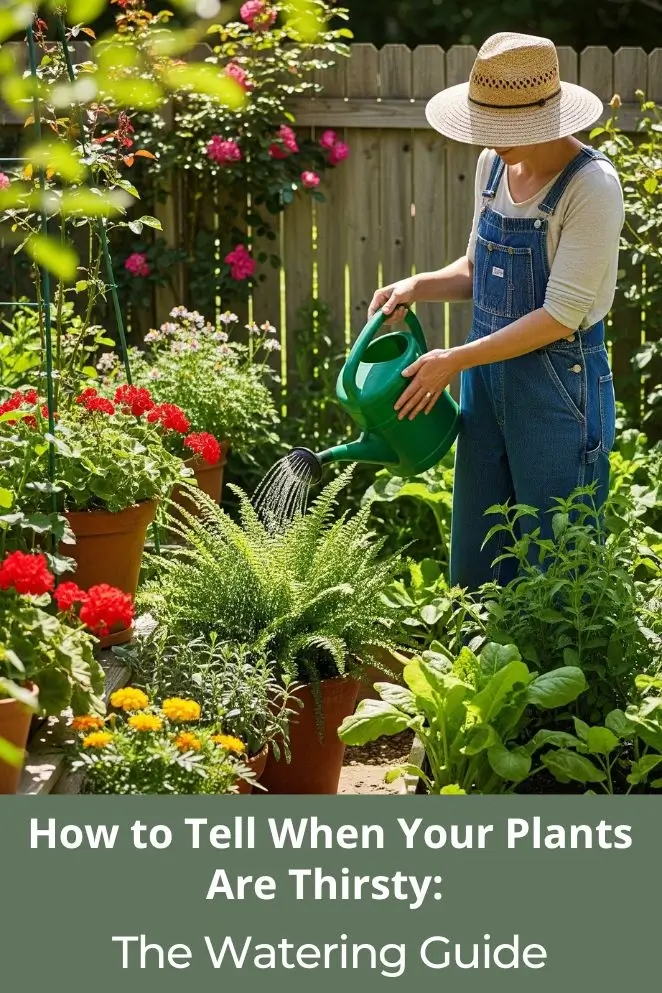
The Finger Test: Your First Line of Defense
Forget fancy gadgets—your own finger is the OG soil moisture meter.
Seriously, it works better than just eyeballing the surface, because the top might look dry while the roots are still chilling in damp soil.
By poking around a couple inches deep, you can tell exactly what’s going on underground.
Here’s how to nail the finger test:
- Insert your finger 1–3 inches deep (depending on pot size). Think of it like checking if a cake’s baked—you’ve got to test the inside, not the crust.
- Feel for moisture. If it’s dry at that depth, your plant’s basically texting you “water me.”
- Check more than one spot. Soil can dry unevenly, so don’t trust just one poke.
- Know your plant’s vibe. Some plants (like succulents) love drying out completely, while others (like ferns) prefer their soil consistently damp—but never swampy.
Pro Tip: For bigger pots, you’ll have to dig deeper, like 4–5 inches.
Visual Cues: Reading Your Plant’s Body Language
Plants don’t speak English, but they do have body language.
Once you learn to “read” them, you’ll feel like a plant whisperer.
They’ll literally show you when they’re thirsty—or drowning.
Signs Your Plant Needs Water
- Drooping or Wilting Leaves: When a plant’s leaves look sad and floppy, that’s usually its first SOS signal for water. Picture it fainting in slow motion.
- Dry, Crispy Leaf Edges: If the edges go crunchy and older leaves start bailing off the plant, it’s dehydrated.
- Soil Pulling Away from Pot Edges: Ever seen soil shrink back like it’s scared of the pot? That’s bone-dry dirt. Time for a drink.
- Curling Leaves: Yellow leaves curling in on themselves? Check the soil. If it’s dry, your plant’s basically curling into a little fetal position from thirst.
- Lighter Soil Color: Wet soil looks darker. If the top starts going pale, the moisture’s running low. Think of it like coffee grounds drying out.
Warning Signs of Overwatering
Overwatering is sneaky—it kills plants faster than forgetting to water. Here’s what drowning looks like:
- Yellow Leaves on Young Growth: Old leaves turning yellow is normal. But if the baby leaves start yellowing? Too much water.
- Soft, Mushy Leaves: Soggy leaves = too much H₂O. If they turn brown and mushy, it’s game over.
- Wilting Despite Wet Soil: This one’s a trip—your plant can look thirsty while sitting in swampy soil. It’s like fainting because it can’t breathe.
- Fungus Gnats: Little flying bugs chilling around your pot? They love soggy soil. I once ignored mine until they basically threw a rave in my room.
- Musty or Rotten Smell: If your pot smells like a forgotten gym bag, the roots are probably rotting. That’s serious trouble.
Modern Tools for Precise Watering
Your finger and your eyes are great tools, but hey—it’s 2025, and we’ve got gadgets for everything.
If you like mixing tech with plants, there are some cool helpers that make watering way less of a guessing game.
Soil Moisture Meters
These little gadgets are like lie detectors for soil.
Stick one in the pot and it’ll straight-up tell you if your plant’s living in a desert or drowning in a swamp.
If the dial’s in the blue “wet” zone, you’re good.
If it’s hanging in the middle zones (1–7), give a little water, chill for a sec, and test again.
Why they’re awesome:
- They give you actual numbers, not just vibes
- Super useful if you’re still learning to “read” soil
- Perfect for giant pots where your finger can’t reach
- Cuts down on overthinking (and plant funerals)
Types you’ll see:
- Digital meters: Flash numbers on a screen—great if you like data
- Analog meters: Old-school dials with a wet/dry scale—no batteries needed
- Color-changing sensors: Blue means “I’m happy and moist,” white means “bro, I’m thirsty”
Self-Monitoring Systems
If you’re the kind of person who forgets to drink water yourself, these are plant life-savers:
- Self-watering pots: Built-in water tanks that let your plant sip as needed
- Watering spikes: You stick them in and they slowly drip-feed your plant while you’re off on vacation (or just binge-watching Netflix)
- Smart plant monitors: The ultimate flex—Bluetooth gadgets that send “feed me” alerts straight to your phone.
Seasonal Watering Adjustments
Plants aren’t robots—they don’t need the same amount of water year-round.
Their thirst changes with the seasons, and if you don’t adjust, you’ll either drown them or starve them.
Spring and Summer (Growing Season)
This is plant gym season—they’re bulking up, putting out new leaves, and maybe even flowering.
They’ll drink more, faster.
- Water more often because growth = extra thirsty
- Check soil moisture more, since hot days dry things out quick
- Watch out during heat waves—plants can guzzle water like marathon runners
- Always make sure your pot drains well, because more water = higher risk of soggy roots
Fall and Winter (Dormant Season)
Now your plants are in chill mode, basically Netflix-binging and sleeping.
They don’t burn as much energy, so they don’t need as many drinks.
- Cut back watering—think “occasional sips” instead of “daily smoothies”
- Let soil dry out more between waterings
- Overwatering is the #1 winter killer—plants just can’t process all that extra water when they’re snoozing
- Heating systems indoors can dry the air, so sometimes leaves get crispy even if soil is fine
Plant-Specific Watering Guidelines
Not all plants drink the same way—some are bottomless pits, some are chill sippers, and some barely touch their cup.
Knowing which squad your plant belongs to makes watering way less stressful.
High Water Requirements
These are your tropical divas—the rainforest crew. They hate dry soil and expect their roots to stay moist.
- Tropical plants: Ferns, peace lilies, and leafy houseplants want steady moisture. Think of them as that one friend who always has a water bottle in hand.
- Water-loving varieties: Pothos and philodendrons love regular drinks and will show off new growth if you keep them happy.
- Large-leafed plants: Monstera and fiddle leaf figs lose a ton of water through their giant leaves, so they need refills often.
Moderate Water Requirements
These guys are pretty chill. They don’t want to stay soggy, but they don’t want to be bone-dry either—balanced hydration is the key.
- Most common houseplants: Snake plants, rubber trees, and ZZ plants like to dry out between waterings.
- Flowering plants: Indoor bloomers usually fall here. Enough water keeps flowers alive, but drown them and the petals peace out fast.
Low Water Requirements
This is the desert squad. They’ve got built-in water tanks (literally in their leaves or stems) and would rather be dry than soaked.
- Succulents and cacti: Always let soil dry completely before watering. Imagine how little it rains in the desert.
- Desert plants: Jade plants, aloe, and their cousins store water inside like natural juice boxes.
- Drought-tolerant varieties: Anything adapted to arid conditions will thrive with the “ignore me, then drench me” approach.
Common Watering Mistakes to Avoid
Even plant pros mess this up sometimes—watering mistakes are sneaky. Here are the traps you’ll want to dodge:
Watering on a Fixed Schedule
Plants don’t care that it’s “Water Wednesday.”
Their thirst depends on the season, the weather, and how much they’re growing.
Always check the soil instead of following a calendar.
Surface-Only Watering
Sprinkling the top is like giving your plant a sip when it needs a full bottle.
Shallow watering keeps roots weak and lazy.
Always water deeply until you see it draining from the bottom—that’s how you know the roots actually got their drink.
Ignoring Drainage
No drainage holes? That’s basically a swamp in a pot.
Roots sitting in water = rot city. Always pick pots with drainage, and don’t let water sit in the saucer unless you’re trying to grow mold as a side hustle.
Using Cold Water
Room-temp water is best. Ice-cold water shocks roots like you just dumped a bucket of Gatorade on them.
Sure, athletes like it, but plants? Not so much.
Inconsistent Watering Practices
Going from desert-dry to flood mode stresses plants out.
It can cause leaf drop, rot, or even ruin fruiting plants (blossom end rot, anyone?).
Be steady with it—plants prefer a reliable roommate, not one who disappears for weeks then shows up with a firehose.
Advanced Techniques for Plant Health
Once you’ve nailed the basics, you can level up with some pro watering tricks.
These methods aren’t just “extra”—they actually make plants stronger and happier.
Bottom Watering Method
Instead of pouring water on top, set your pot in a tray of water and let the soil suck it up from below.
It’s like giving your plant a straw.
- Roots grow deeper and stronger because they reach down for moisture
- Keeps leaves dry, so you don’t end up with random fungi showing up
- Soil gets evenly wet, no patchy dry spots
- You don’t risk flooding the top while the bottom stays bone-dry
The Soak and Dry Method
This one’s a fan favorite for succulents. You drench the soil completely, then wait until it’s bone-dry before watering again.
Basically, copy-paste desert rainstorms.
- Roots get the full spa treatment during the soak
- Dry periods keep rot away and mimic how these plants survive in nature
Humidity Considerations
Watering isn’t just about soil—air moisture matters too, especially for jungle plants.
- Humidity trays: A shallow tray with water and pebbles under the pot gives plants their own mini humidifier
- Plant squads: Grouping plants together makes a cozy little rainforest corner
- Monitor the air: Dry rooms can mess with plants just as much as dry soil—I once had a calathea crisp up because my heater basically turned my living room into a desert.
Conclusion
Figuring out when your plants are thirsty isn’t something you master overnight—it’s a skill you grow into.
Between the finger test, watching their body language, and using tools when you need them, you’ll eventually get the confidence to keep your plants thriving.
Taking care of plants is less about rules and more about relationships.
Every plant has its own vibe, and what works in one room might flop in another.
Stay observant, keep experimenting, and don’t stress if you mess up.
